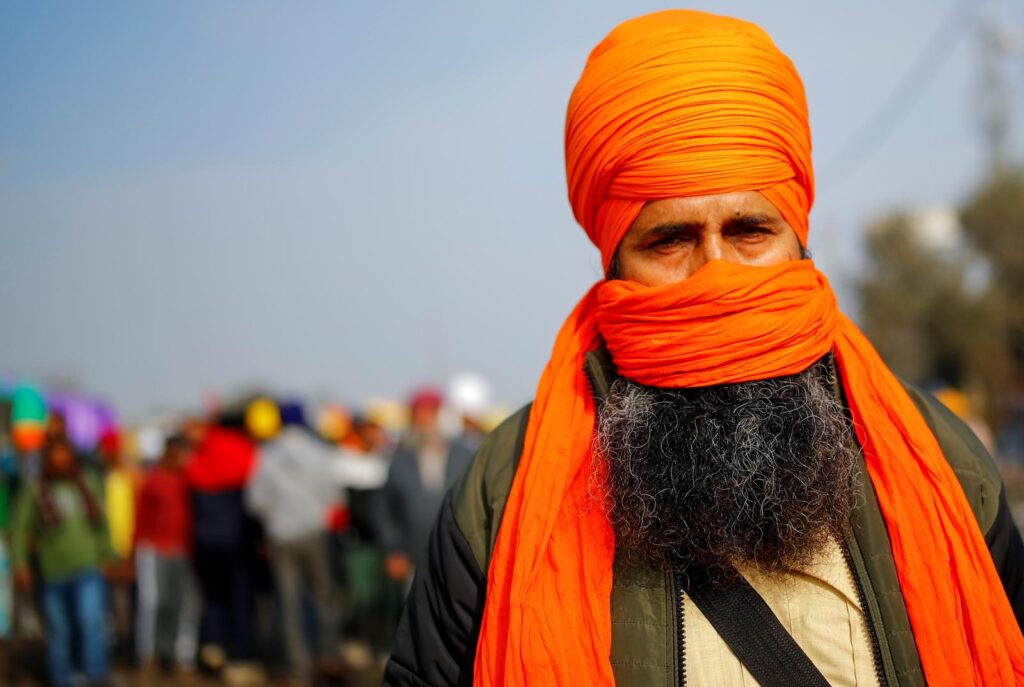Khalistan & The Diplomatic Feud Between India And Canada
Sep 27, 2023 | Pratirodh Bureau
Farmer protests in New Delhi in 2020–21, led predominantly by Sikhs from Punjab, brought the issue of Khalistan back into the public eye. Supporters in Punjab began advocating for the potential revival of the movement
The diplomatic fallout continues to worsen over the shocking accusation by Canadian Prime Minister Justin Trudeau that India was behind the assassination of Hardeep Singh Nijjar, a prominent Sikh leader and Canadian citizen, outside a Sikh temple in Canada earlier this year.
Trudeau said Tuesday after the Canadian government expelled a senior member of India’s foreign intelligence agency: “India – and the government of India – needs to take this matter with the utmost seriousness.”
India strongly rejected the allegations and expelled one of Canada’s top diplomats in retaliation, adding further tension to an already strained relationship.
What Is The Khalistan Movement?
Nijjar had been a designated “terrorist” by the Indian government in 2020 for his leadership role in a movement advocating for a separate Sikh state to be carved out of the Indian state of Punjab called Khalistan (the land of the Khalsa).
The history of the Khalistan movement is complex. It is, in its most simplistic form, a demand for a distinct homeland for the Sikhs. It was most active in the 1980s as a result of widespread dissatisfaction with the economic, social and political conditions for Sikhs in post-independence India.
The partition of Punjab between Pakistan and India in 1947 created fear and disaffection in the Sikh community. They suddenly found themselves divided between a Muslim-majority Pakistan and a predominantly Hindu India. In 1966, Punjab was divided again, this time on linguistic lines, as a new Hindi-speaking state of Haryana was carved out of the region.
Punjab’s Sikh community was also impacted by India’s Green Revolution, an initiative in the late 1960s to improve agricultural production. While this benefited Punjab economically, it created resentment among Sikhs due to the inequitable distribution of wealth, the lack of non-agricultural development and the central government’s monopoly over agricultural policy.
Another issue contributing to the Sikhs’ sense of injustice was the diversion of water from the Sutlej River that flowed through Punjab to the neighbouring states of Haryana and Rajasthan.
All this resentment was given a voice in the late 1970s by the Sikh preacher Jarnail Singh Bhindranwale, who claimed the government was discriminating against Sikhs and intentionally undermining Sikh identity. Bhindranwale soon became a prominent political leader in Punjab, ultimately taking up residence in the Golden Temple complex in the city of Amritsar, one of the Sikhs’ holiest sites. He established something of a parallel government there, fortified with weapons.
To dispel Bhindranwale and the militants from the Golden Temple, the Indian army launched Operation Bluestar in June 1984. The operation further angered the Sikh population, including the large diaspora around the world, for the desecration of the holy site.
The resentment only worsened when more than 2,700 Sikhs (as per government estimates) were killed in New Delhi by rampaging mobs after the assassination of then-Prime Minister Indira Gandhi by her Sikh bodyguards in November 1984. Within Punjab, this was a period of violence and draconian policing measures used to suppress the separatist movement.
Farmer protests in New Delhi in 2020–21, led predominantly by Sikhs from Punjab, brought the issue of Khalistan back into the public eye. Supporters in Punjab began advocating for the potential revival of the movement. Government actors also cited this possibility as a way to delegitimise the protests.
